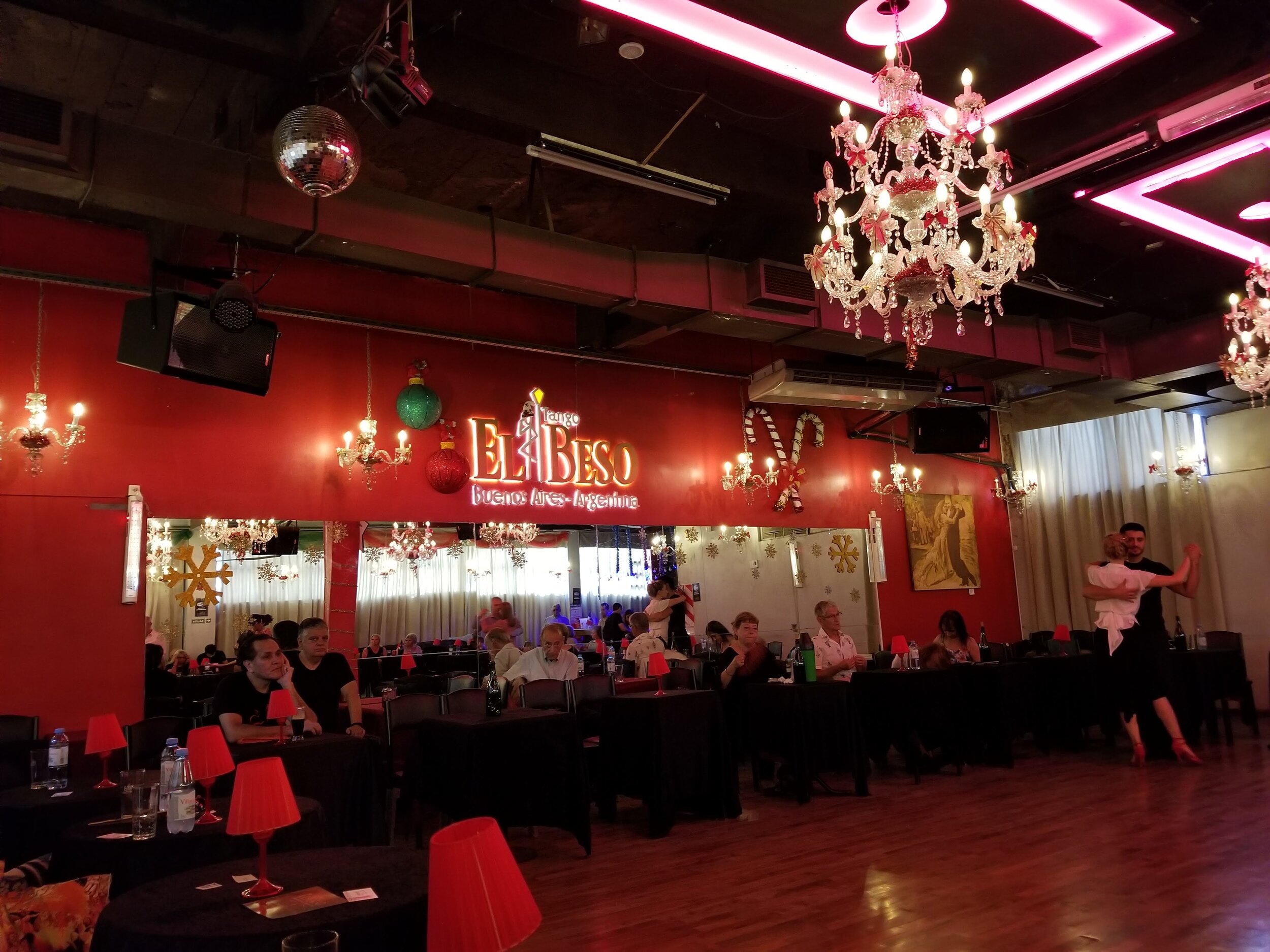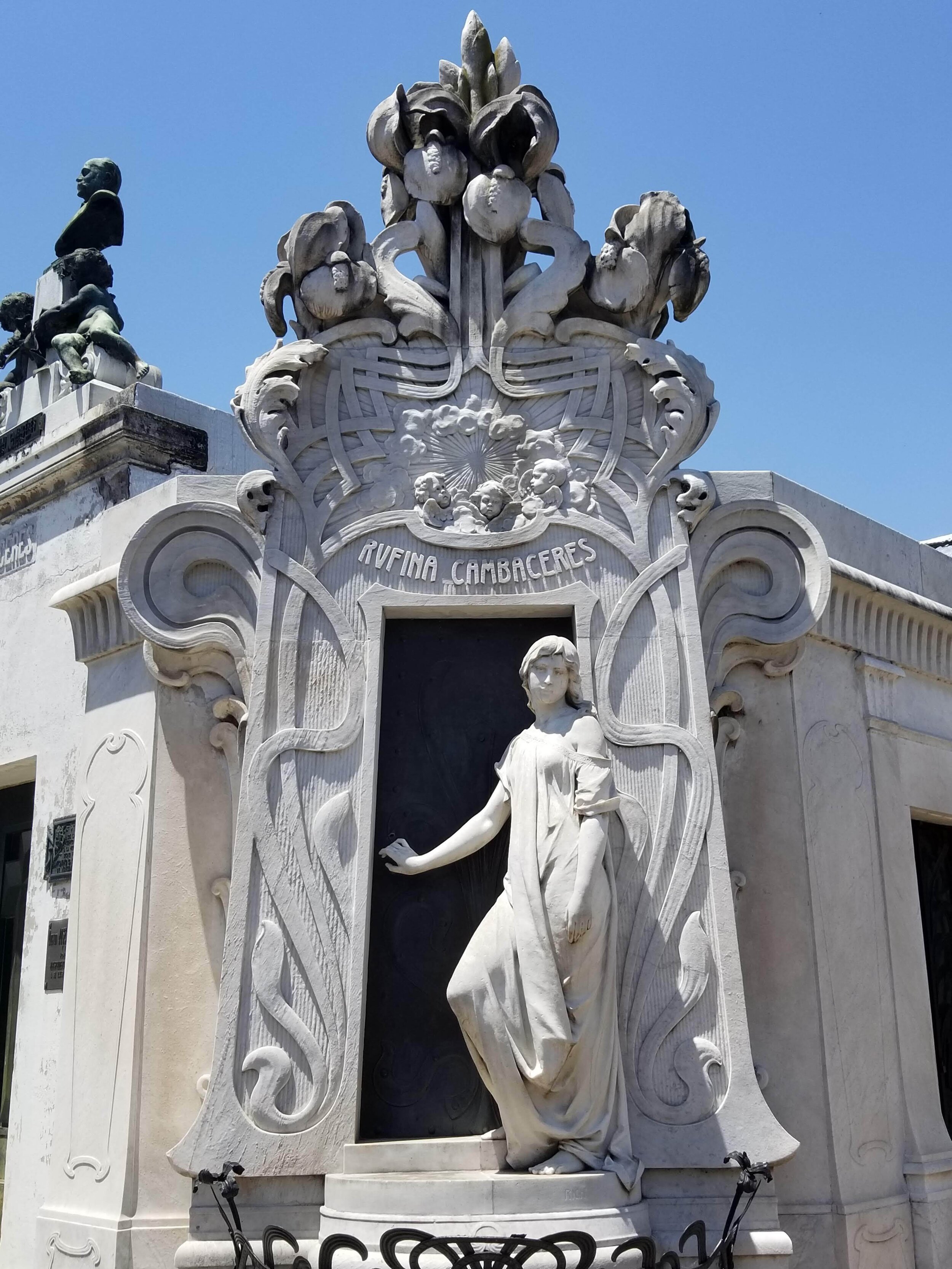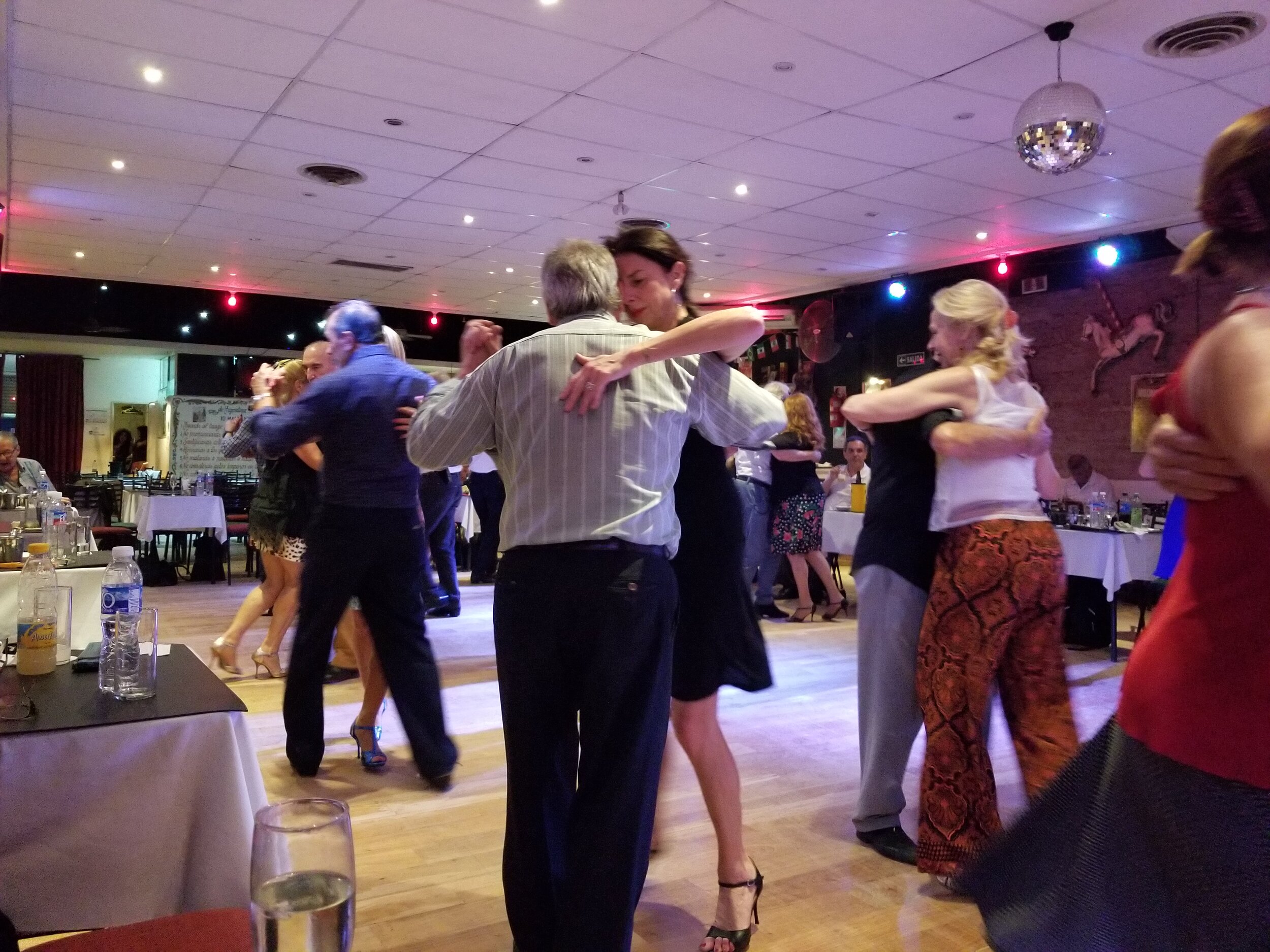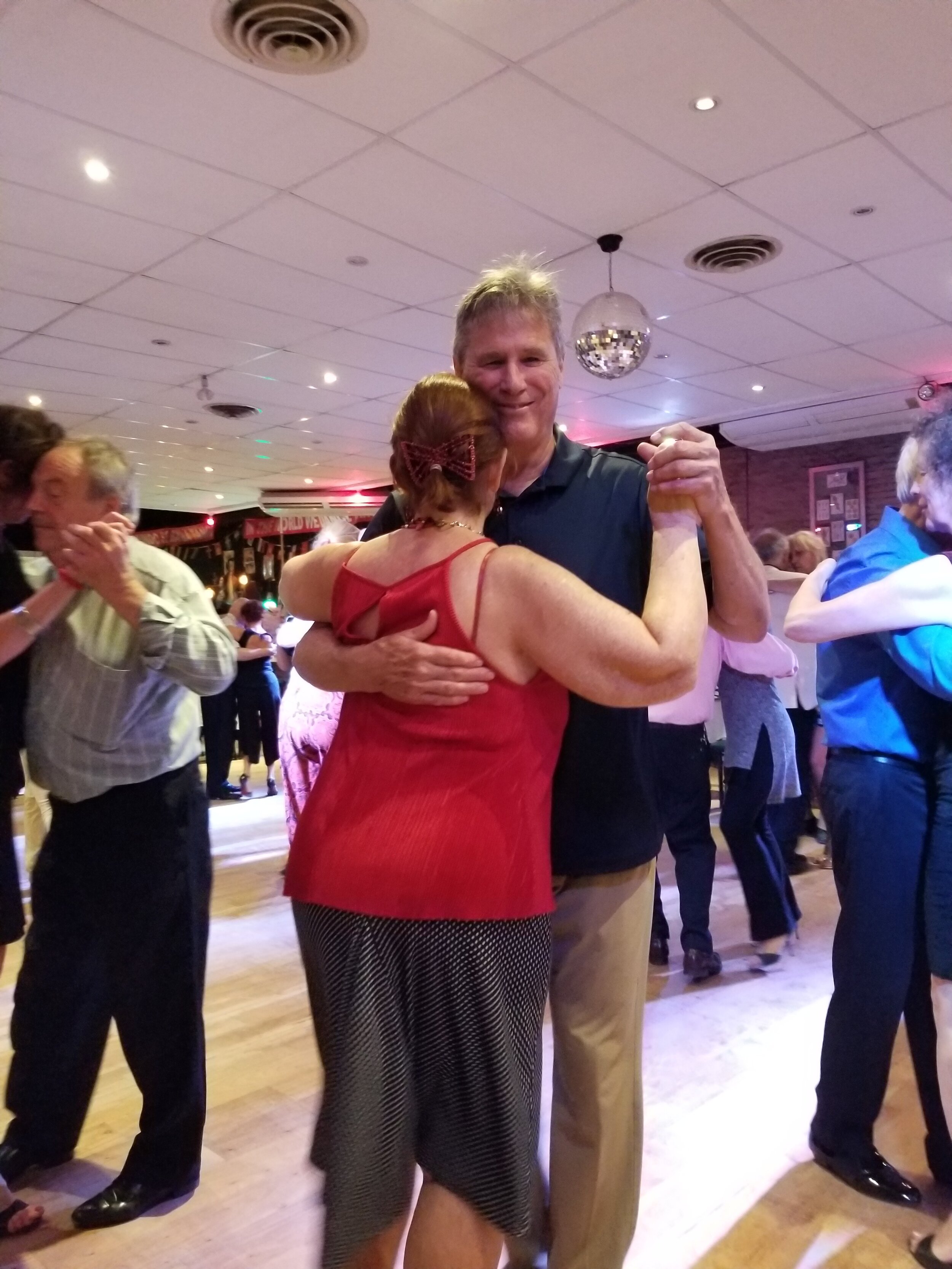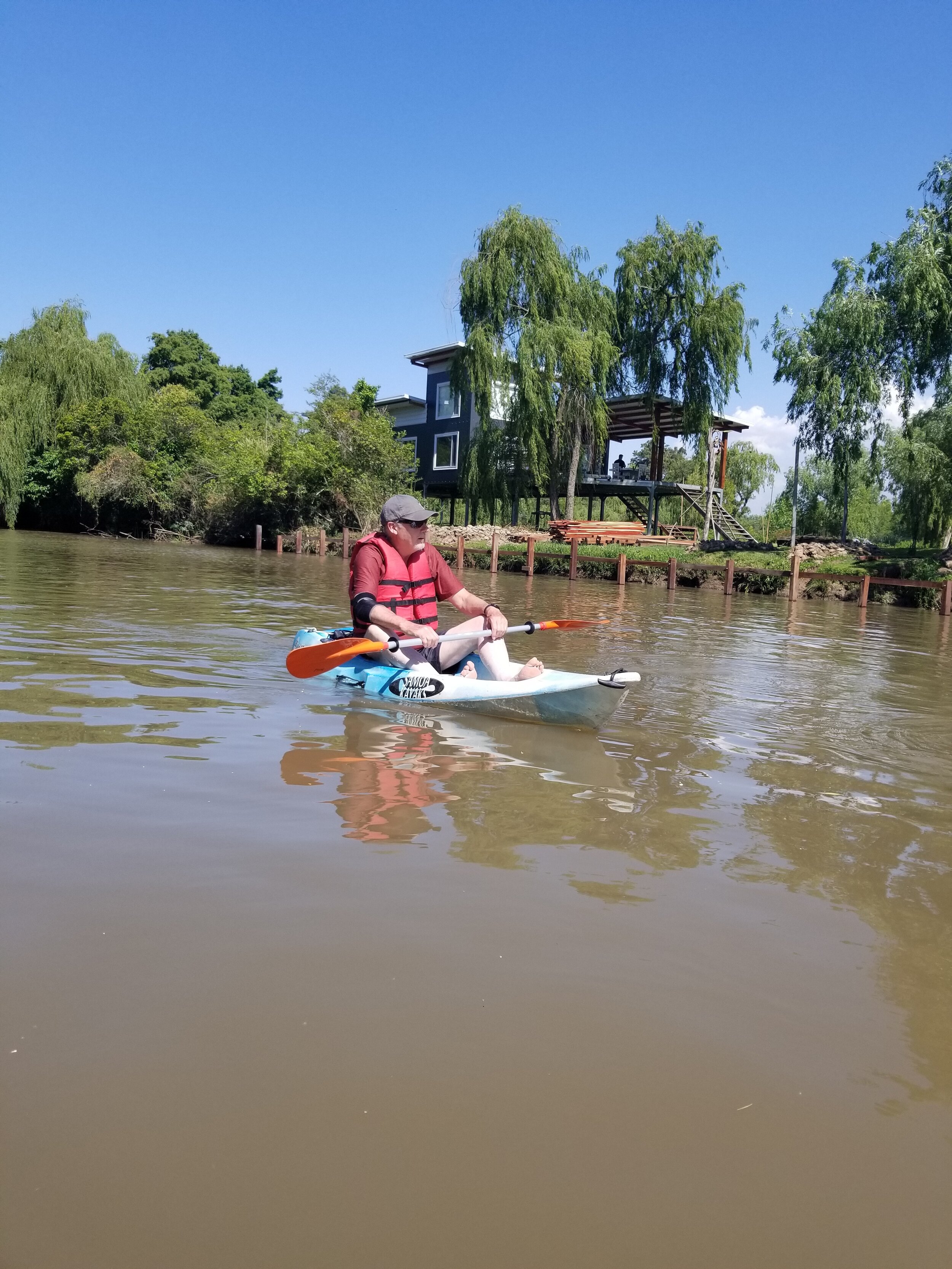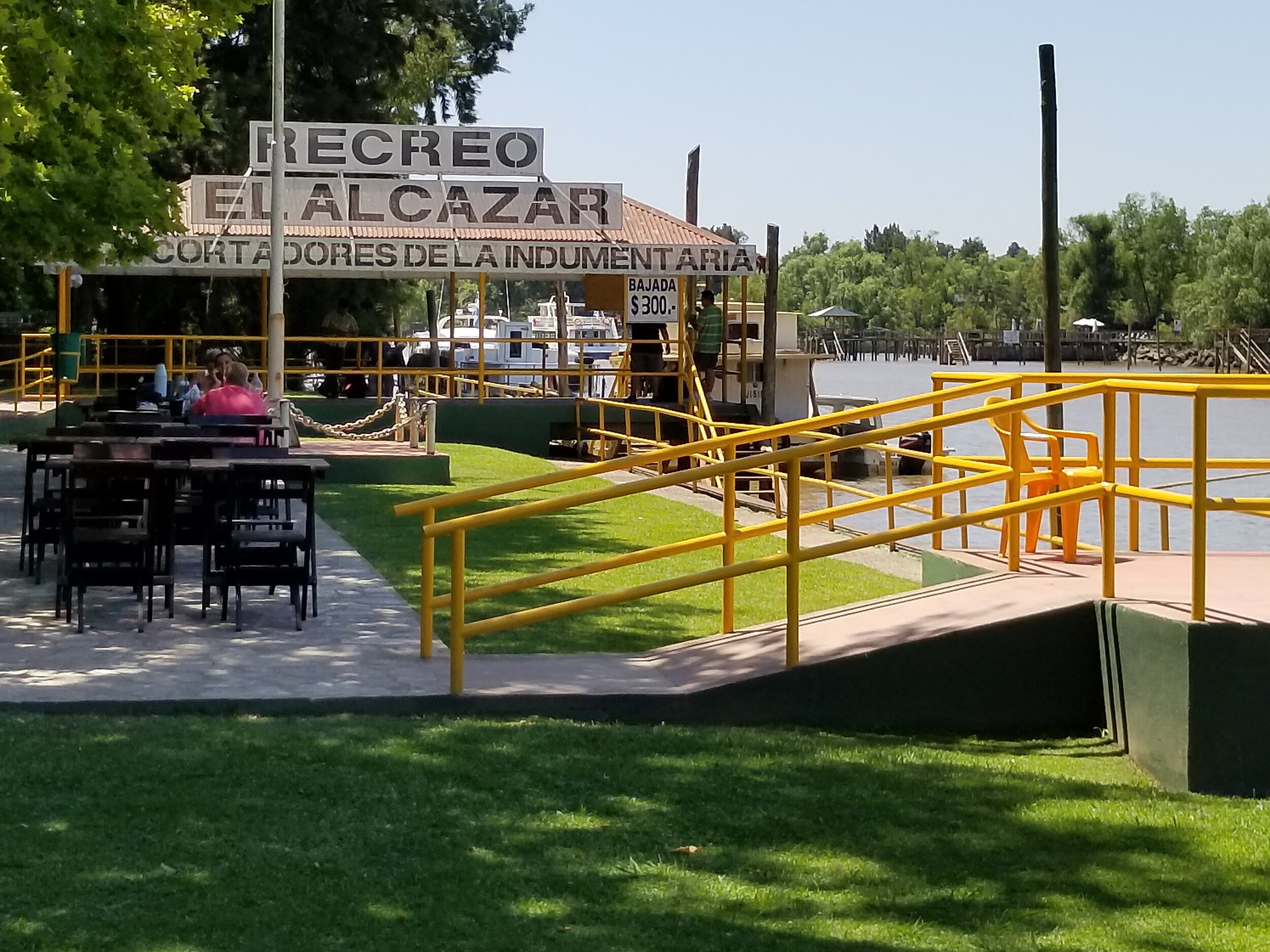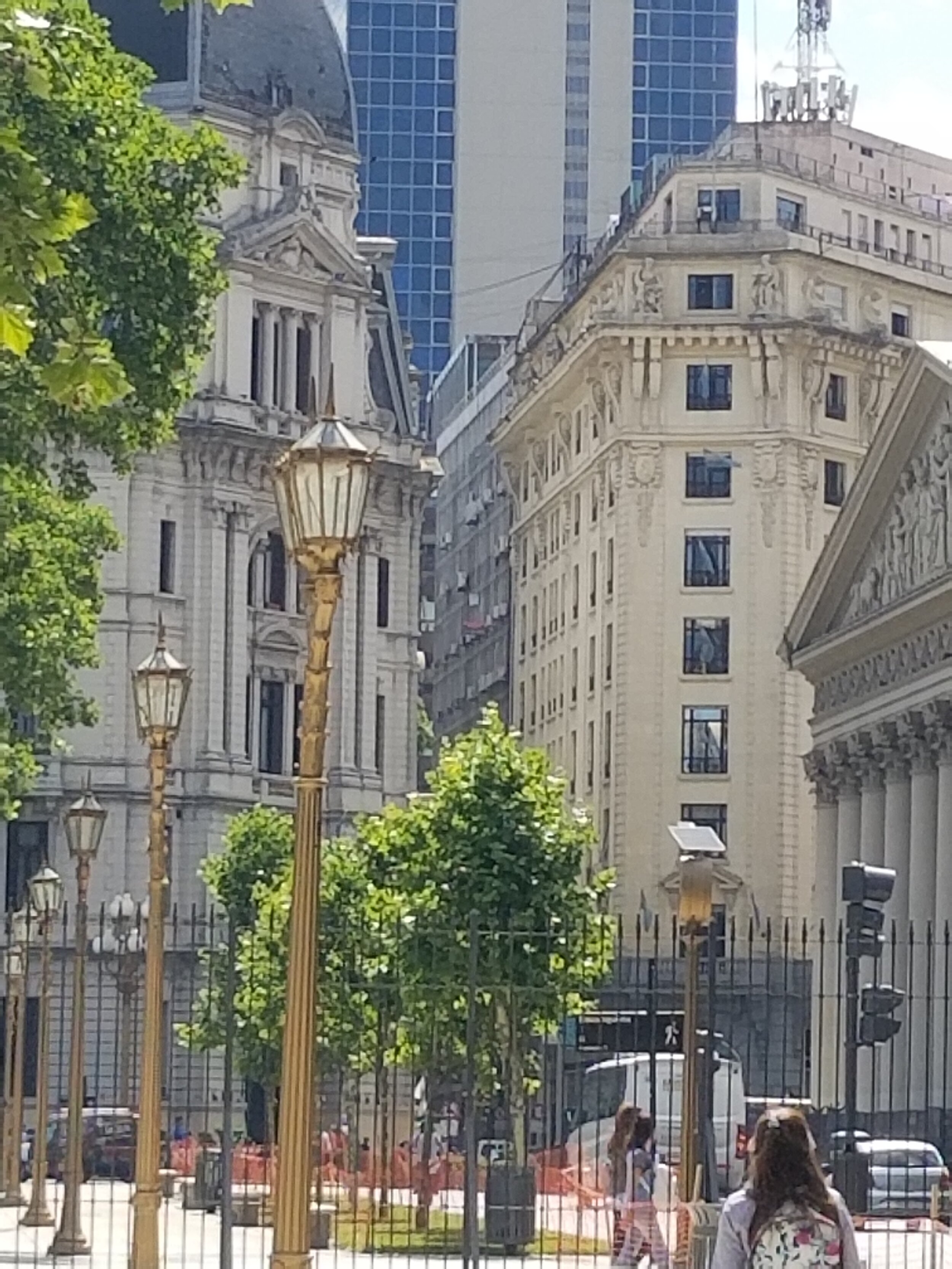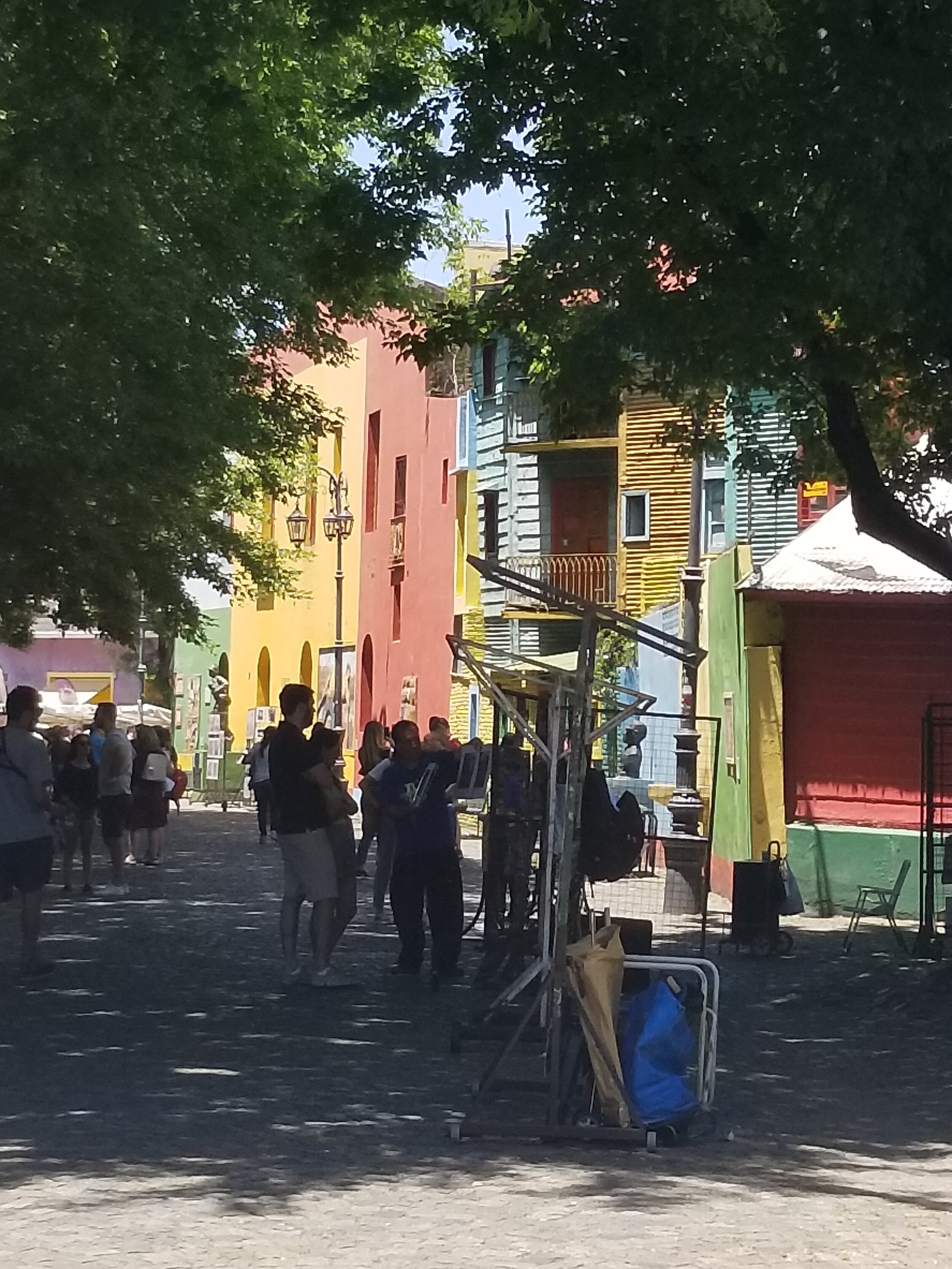Exploring different styles helps you find YOUR style
One of the reasons that I am excited that Jose Garofalo arrives in Portland TODAY is that we will be working with historical and modern forms of tango this week. I feel that I improve my dance the most when I try new things.
As a social dancer, I like to have the ability to dance with all styles of tango. As a dance performer, I like trying out different versions of moves to see what I like best. As a dance historian, I love to learn vocabulary that dates back to famous teachers and eras of tango.
Jose and I have cooked up a series of classes that will give you a chance to experiment on each day of workshops.
Salon and Del Centro styles of tango
Come explore the world of turns Thursday 2/27 @ Om Studio, 14 NE 10th Ave. We will be doing a class on Salon style turns with sacadas at 7 PM. Then, we will do a contrasting style, Del Centro, looking at turns with enrosques and sacadas around 8:30 PM.
Most people in North America have learned from teachers of one of these traditional styles. A lot of you call the Del Centro style “milonguero” which means someone who dances in the milongas. “Del Centro” means the style that was prevalent in the center of town/downtown, and is a more accurate term :-) Salon style was danced outside of downtown.
Come expand your dance!
Milonga candombe vs. lisa and traspie
Saturday, 2/29 @ Shabu Studio, 6055 NE Glisan, at noon, we will explore milonga candombe! I am SUPER excited about this, as I love this and first studied with with Jose in Buenos Aires in 1999! Woohoo!
The next class, at 1:30 PM, will look at milonga lisa and milonga traspie. Don’t be afraid of these milonga styles: they are ALL fun, and Jose is fun, so YOU will have fun! It’s a chance to get more groovy and comfortable with your milonga. In my book, more milonga = better!
Vals on Sunday, then back to tango
3/1 @ Shabu Studio, 6055 NE Glisan, at noon, we will look at the Old Masters and vals. There is so much good “swing” in vals—come get your vals to really feel lovely and get in touch with the Old Masters. There are decades and decades of vals expertise for us to mine!
At 1:30 PM, we will have a class to look at creating your own dance. No, you don’t have to have come to all the classes to put together your own dance. If you have taken all the classes, you will have a lot more to play with, but this is for everyone. Come spend a chunk of time looking at your personal dance and what you want to incorporate into it, and why!
Come enjoy Jose at Las Naifas!
Las Naifas Milonga 2/28 Friday, 326 SW Broadway, Jose will be guest teaching and then revving up our party with his outgoing, party spirit! The lesson at 5:30 PM will be: Making cool moves fit on the dance floor. There is no need to not dance well just because a space is small! The cost for the lesson + milonga + 1st drink + snacks is $20—you can’t beat that!
Prices
Workshops: $30/1, $55/2, $80/3, $100/4, $115/5, $120/6 (The Las Naifas class is separate from the pricing; please pay at the door)
Privates: $120/hr or $550/5 (to schedule, 541-914-4812/ewartluf@gmail.com) **There are discounts on the private lesson price if you take the workshops!
Register for group classes: At the door or here.













